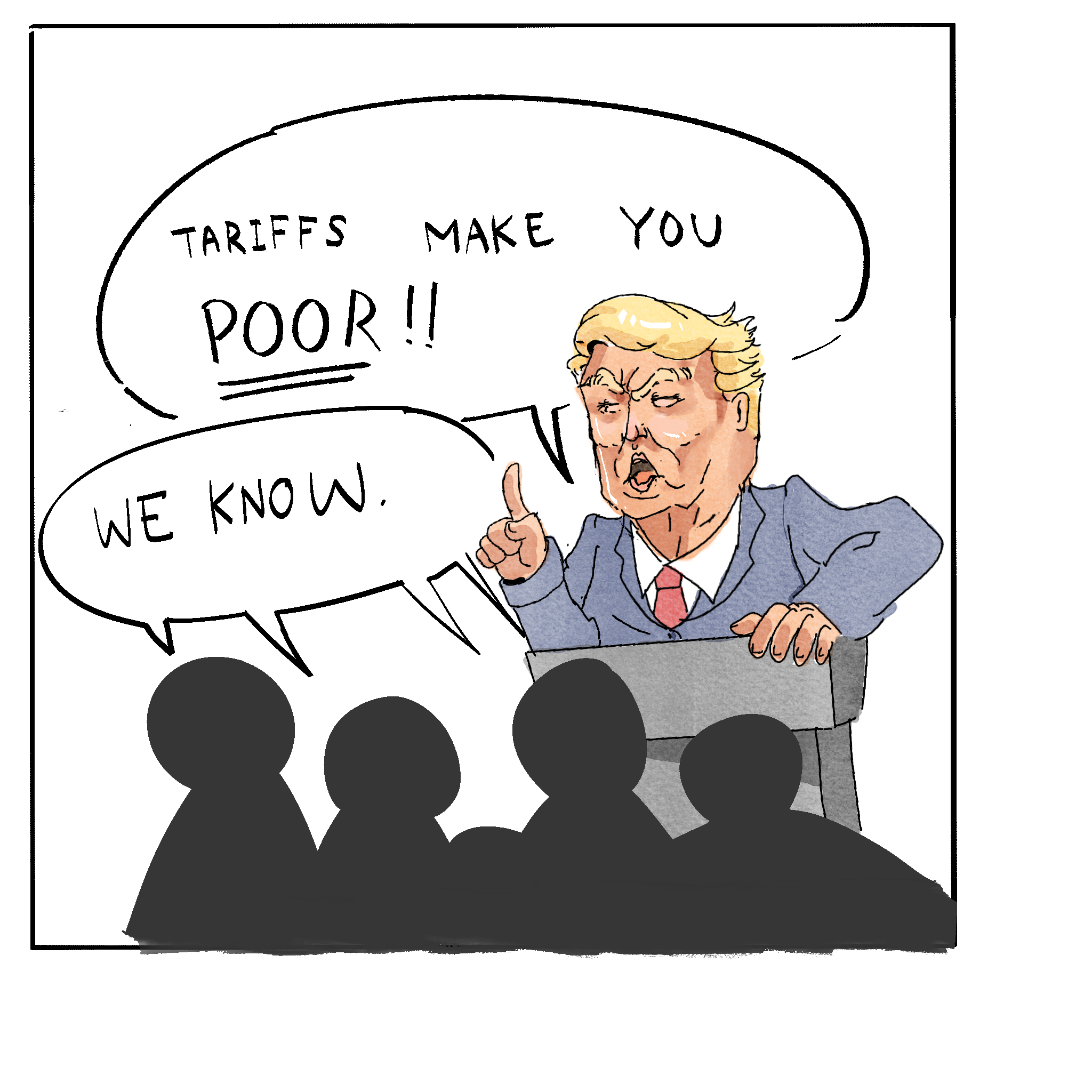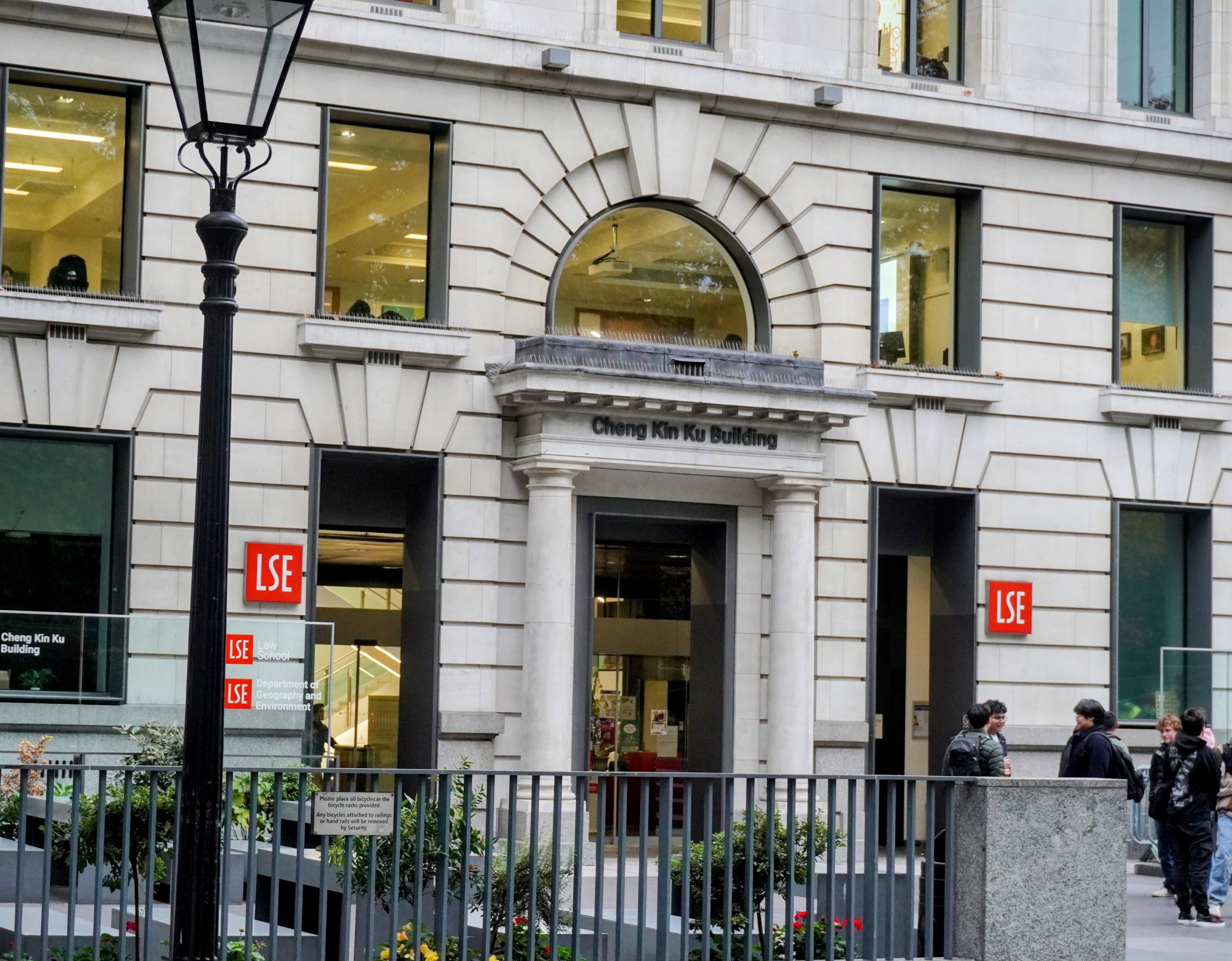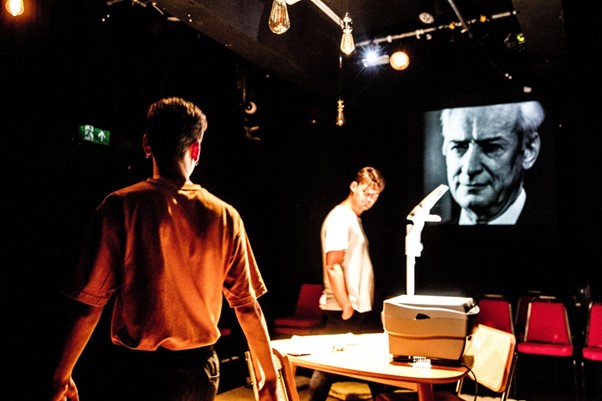Earlier this month, hundreds of LSE students took to the streets in central London as part of the international climate protests movement. In tandem with students around the world, the protesters marched through Westminster to make a point about the importance of policy addressing climate change.
This was, however, far from the first time that movements of this kind have picked up speed in and around the LSE. Back in the 20th century, students protested not on climate issues, but war. On 17 March 1968, a demonstration in Grosvenor Square led by students from across London sought to make young people’s feelings known about the conflict and casualties in Vietnam at the time.
The students wanted their voices to be heard about the havoc being wreaked in Vietnam by American troops, and in particular about the support provided by the British authorities. The protest has since become infamous because of the catastrophes that ensued. The mood at the march was described by people who were there as “good humoured” – that is, until it reached the US Embassy building.
An estimated 10,000 protesters marched through Grosvenor Square, with the area surrounded by hundreds of police. Tensions began to rise as some of the students broke through the police ranks and made their way onto the lawn of the embassy. The police reacted forcefully; stones, firecrackers and smoke bombs were thrown. All in all, over 200 people were arrested, with 86 injured and around 50 rushed to hospital.
More recently, 30 November 2010 saw students protest in central London about tuition fees. The students had planned to march from Trafalgar Square towards the Houses of Parliament, but preemptive police action blocked their route. Before long, clashes ensued, and over 150 protesters were arrested.
Information is still emerging about the most recent climate strikes, but they seem to have been the most peaceful of the three.





